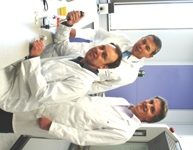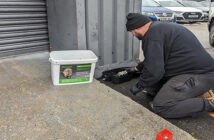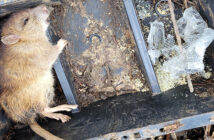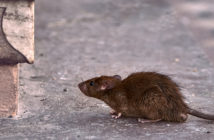Rodenticide resistance in Norway rats is increasingly causing control difficulties. This pilot survey, funded by the pest control industry, aims to provide preliminary data on the distribution of anticoagulant resistance.
At least four different mutations that confer a practical level of resistance are known to be present in Norway rats in the UK. The molecular basis of the genetic mutation is not known, nor the frequency of these mutations, nor their geographical distribution.
|
This pilot survey will explore the frequency and distribution of anticoagulant resistance mutations of the VKORC1 gene in Norway rats in the United Kingdom. It will be managed by Professor Robert Smith, supported by Dr Alan Buckle, Adrian Meyer and John Charlton. It will be carried out at Huddersfield University using the procedures detailed in issue 3 of Pest magazine –click here to view. Funding is being provided by the main manufacturers of second generation anti-coagulants – notably BASF, Bayer, BPCA, Bell, Killgerm, PelGar and Syngenta. HSE has also agreed to participate in the project to ensure that it is carried out in a manner that would enable the science-based evidence produced to be used by the Chemical Regulation Directorate at Bootle. The project is commencing in July 2009. Sampling and analysis will take at least six to nine months and reporting a further month. Preliminary findings are expected to be available within about six months. The project will take 12-15 months from start to completion. |
|
|
|
It should be noted that this is not a resistance-testing service. Samples of genetic material will be obtained systematically by contacting pest control professionals in both the private sector and local government in selected areas of the UK. A detailed sampling frame is yet to be worked out but it is intended to concentrate effort in areas where control difficulty is being encountered but where resistance is so far unproven and in areas on the periphery of known resistance localities so that the extent can be mapped. |
||




